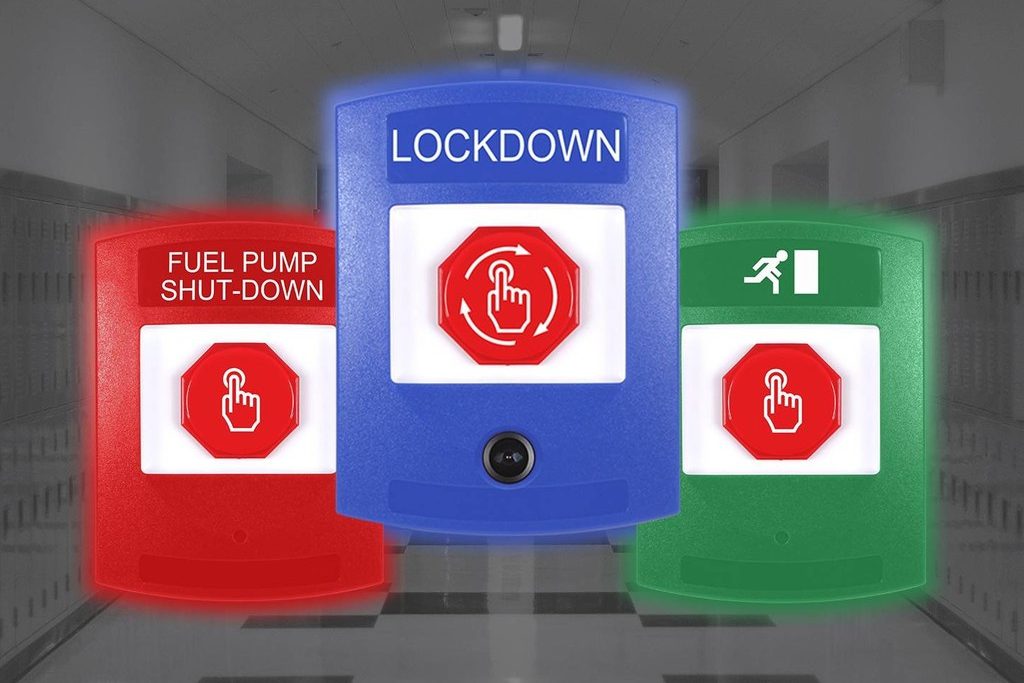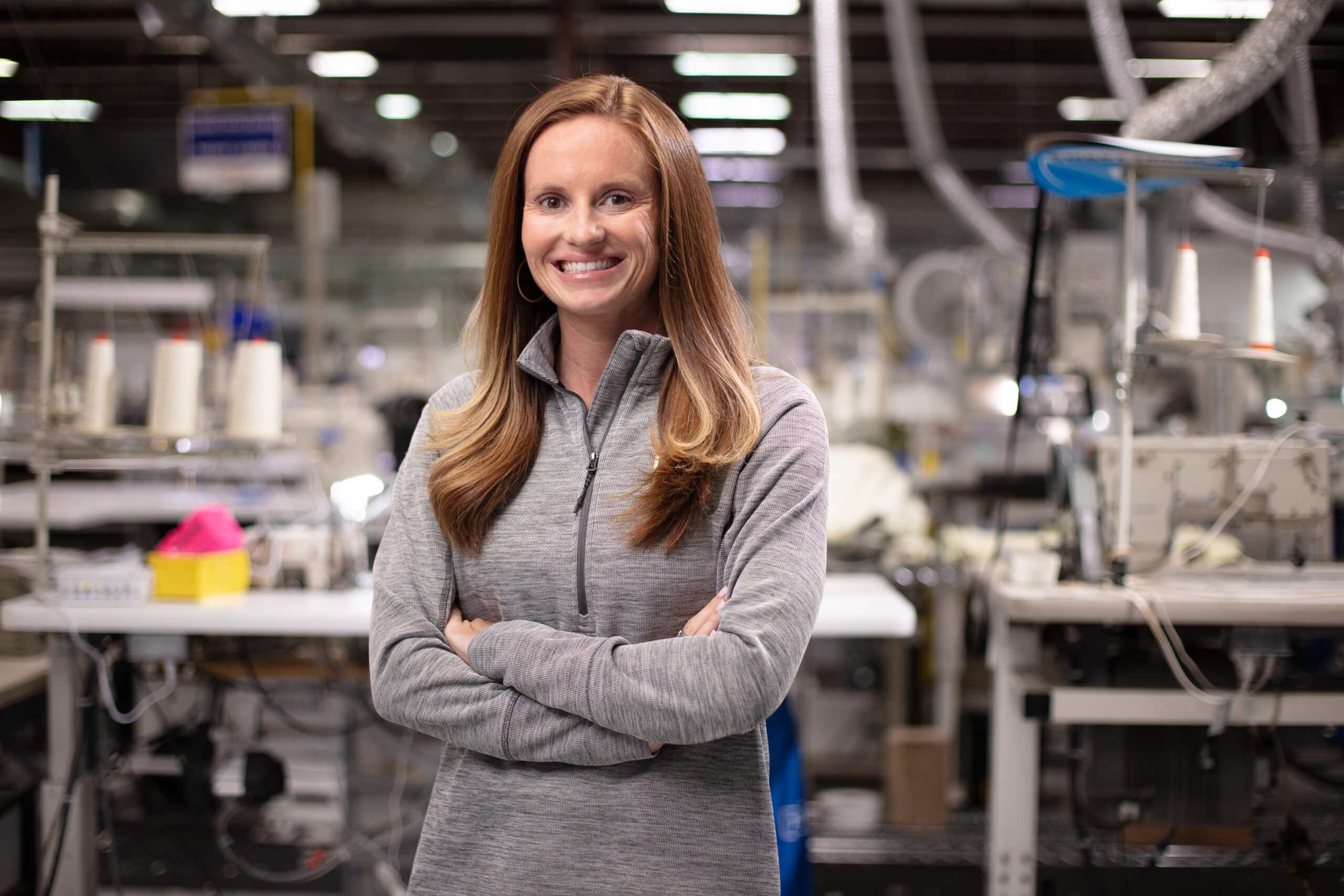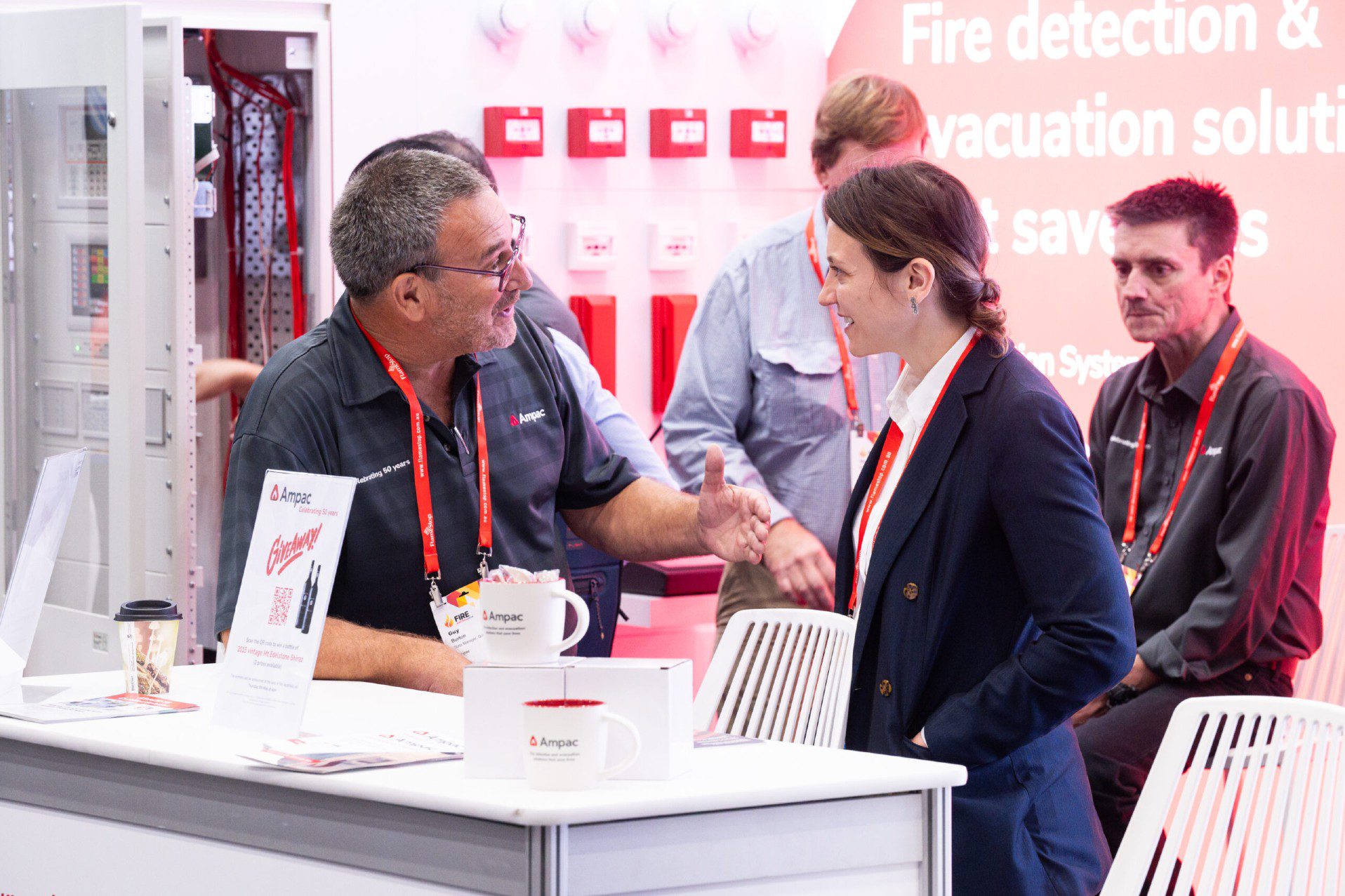Crew members from Expedition 73 aboard the International Space Station (ISS) conducted a full day of science and maintenance activities earlier this week, NASA have confirmed, with key focuses on fire behaviour in microgravity and DNA-inspired nanomaterials.
NASA astronauts Anne McClain and Nichole Ayers led experiments using the Life Sciences Glovebox as part of the DNA Nano Therapeutics Mission 2. The study explores how DNA-like nanomaterials might be utilised for delivering therapeutic agents in space environments.
As part of their protocol, the astronauts mixed messenger RNA (mRNA) and protein solutions to investigate in-space production techniques. The goal is to identify low-cost, in-orbit manufacturing methods that could be adapted for future missions. According to NASA, these materials may also support drug delivery systems with reduced side effects for patients.
Ayers also used a spectrophotometer to measure light wavelengths, further supporting the characterisation of these nanomaterials. She later conducted routine maintenance on the Astrobees, a set of free-flying robotic assistants that perform tasks to increase crew efficiency and facilitate remote operations from Earth.
Elsewhere on the station, astronaut Jonny Kim continued NASA’s investigations into fire dynamics under microgravity conditions. Working in the station’s combustion research area, Kim installed mist suppression hardware for the Solid Fuel Ignition and Extinction (SoFIE) experiment.
This research is designed to enhance understanding of flame extinguishment mechanisms in space – a critical consideration for the design of future crew safety systems. Kim also operated the Combustion Integrated Rack (CIR), which allows controlled study of flame initiation and propagation without the influence of gravity.
These experiments form part of NASA’s wider programme to refine fire response protocols for current and future missions, including long-duration flights and potential lunar or Martian habitats.
JAXA Station Commander Takuya Onishi performed parallel fire-related investigations in the Japanese Experiment Module. He managed the Solid Combustion Experiment Module (SCEM), conducting gas bottle exchanges and leak checks via the Multi-Purpose Small Payload Rack.
Onishi also completed plumbing upgrades, installing recycled water tanks and configuring drainage systems, which are crucial for maintaining onboard environmental systems over extended missions.
Russian cosmonauts Sergey Ryzhikov, Alexey Zubritskiy, and Kirill Peskov carried out a range of technical checks and hardware maintenance across the Russian sector of the ISS. Tasks included thermal sensor replacements, supply unloading, and ventilation system inspections.
Peskov conducted a network audit of ethernet cabling and performed adjustments to the intermodular ventilation system connecting the US and Russian segments – vital for maintaining airflow and atmospheric consistency throughout the station.
The latest activity aboard the ISS demonstrates the ongoing intersection of scientific inquiry and operational readiness in space. From exploring novel drug delivery systems using DNA-like materials to advancing the understanding of fire behaviour in zero gravity, these efforts underpin the safe operation of crewed space missions.
The multidisciplinary work by astronauts and cosmonauts continues to inform the design of next-generation life support systems, emergency protocols, and scientific instrumentation aboard both current and future space habitats.
To read more news and articles see our latest issue here.
Never miss a story… Follow us on:
LinkedIn: International Fire Buyer
Twitter (X): @Firebuyer
YouTube: @FireBuyerTV
Media Contact
Rebecca Spayne, Managing Editor, International Fire Buyer
Tel: +44 (0) 1622 823 920
Email: [email protected]









